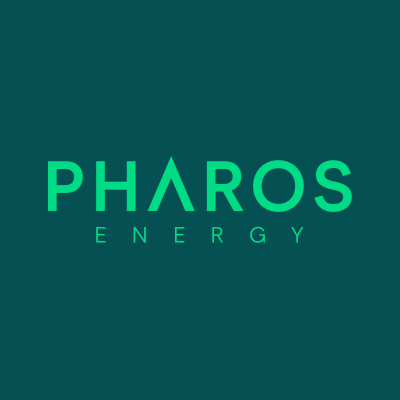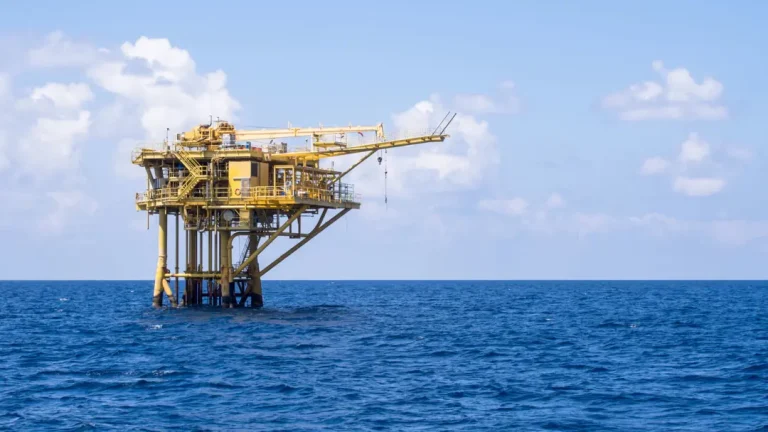Midway through the year, Pharos Energy’s routine rig movements conceal a deeper shift in focus that may redefine its capital allocation and operational horizons. Beneath stable output lies a meticulous plan to sustain production and unlock fresh value across its Southeast Asian and North African licences.
The first half of 2025 unfolded against a backdrop of lingering commodity volatility, yet Pharos navigated these waters with a steady hand. Production net of working interest settled at approximately 5,642 barrels of oil equivalent per day, in line with the company’s guidance range of 5,000 to 6,200 boepd. This consistency underscores Pharos’s commitment to capital discipline and a selective investment approach, even as peers wrestle with fluctuating prices. Vietnam accounted for the lion’s share of output, delivering roughly 4,183 boepd, while its Egyptian operations chipped in a further 1,459 barrels of oil per day.
In Vietnam, the quiet renewal of confidence is evident. Preparations are under way for a late third-quarter drilling campaign that will revisit established zones in the Tai Nguyen and Ca Ngu Vang fields. The programme envisions four infill wells on Tai Nguyen and two appraisal wells on the Ca Ngu Vang structure, each designed to shore up existing volumes and explore underappreciated pockets close to current infrastructure. Simultaneously, 3D seismic data are being reprocessed, with results due by the end of July, offering fresh subsurface clarity. These efforts follow the government’s recent approval of a two-year extension for exploration Blocks 125 and 126, a move that not only guards against imminent licence expiry but also strengthens Pharos’s hand in farm-out negotiations.
Egypt remains a complementary theatre of opportunity. The El Fayum concession saw East Saad-1X come onstream in early July after a commercial discovery, swiftly converting exploration success into revenue. Elsewhere, North Beni Suef is entering a critical phase of 3D seismic interpretation, setting the scene for targeted appraisal drilling later in the year. Pharos is also progressing consolidation talks with the national oil company, aiming to refine production sharing contract terms. A favourable re-negotiation could yield an immediate uplift in asset value alongside a self-funding work programme to bolster output.
Financially, the first half reinforced Pharos’s cash-generative model. Revenue held steady at around $65.3 million, matching last year’s comparable period, while free cash flow remained robust thanks to a debt-free balance sheet. Cash balances climbed to approximately $22.6 million by the end of June, up from $16.5 million at year-end, and an Egyptian receivable of $33.5 million reflects active regional offtake and payments. The capital expenditure forecast for the full year holds at $33 million to $40 million, with an additional $17 million earmarked for early 2026, demonstrating a clear line of sight on near-term commitments.
Strategic prudence extends to market risk management. Pharos has hedged a quarter of its second-half entitlement at a floor of $61.30 per barrel, with a ceiling of $84.50, protecting against the downside while retaining upside potential. Meanwhile, shareholder returns remain a priority. Following the 2025 Annual General Meeting, investors received a final dividend of 0.847p per share, bringing the total for 2024 to 1.210p and reinforcing Pharos’s pledge to deliver sustainable distributions alongside growth.
Governance has also evolved, with the appointment of João Saraiva e Silva as Non-Executive Chair in June. This change at the helm complements the company’s operational advances and underscores a refreshed strategic outlook as Pharos prepares to unveil its interim results in September.
Pharos Energy Plc (LON:PHAR) is an independent energy company with a focus on delivering long-term sustainable value for all stakeholders through regular cash returns and organic growth, underpinned by a robust cash flow and resilient balance sheet.












































